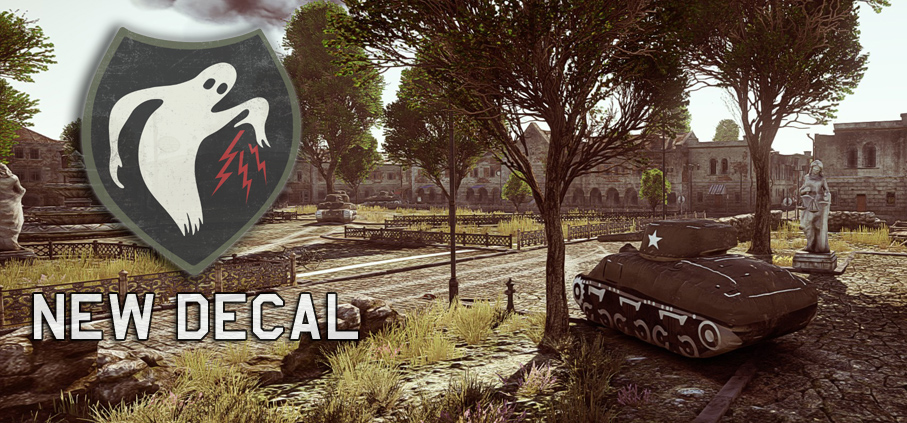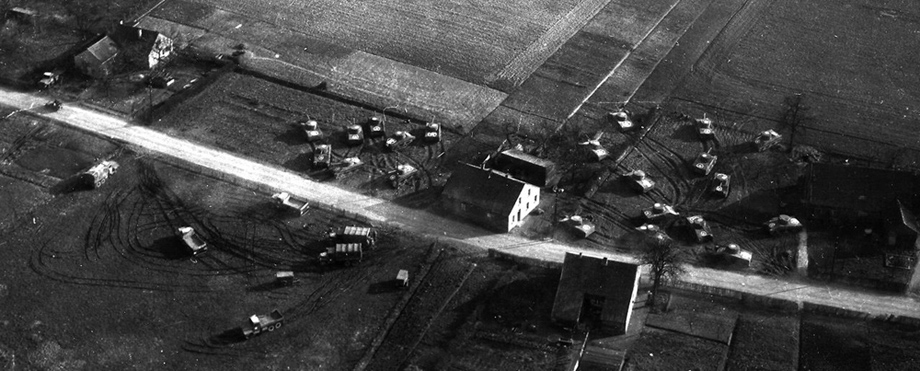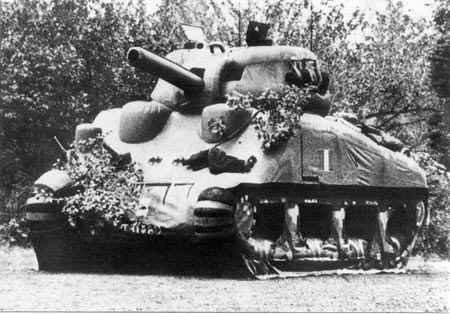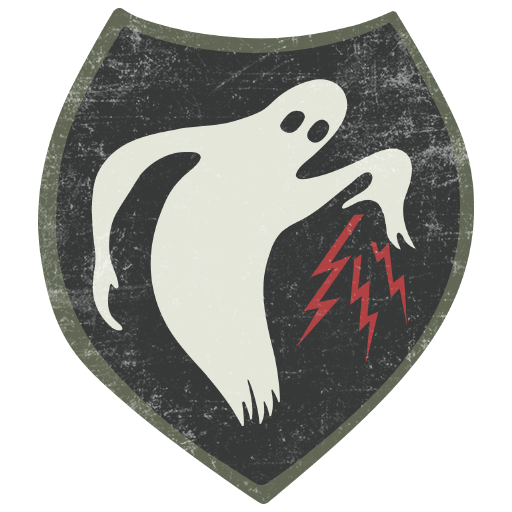
- For PC
- For MAC
- For Linux
- OS: Windows 10 (64 bit)
- Processor: Dual-Core 2.2 GHz
- Memory: 4GB
- Video Card: DirectX 11 level video card: AMD Radeon 77XX / NVIDIA GeForce GTX 660. The minimum supported resolution for the game is 720p.
- Network: Broadband Internet connection
- Hard Drive: 23.1 GB (Minimal client)
- OS: Windows 10/11 (64 bit)
- Processor: Intel Core i5 or Ryzen 5 3600 and better
- Memory: 16 GB and more
- Video Card: DirectX 11 level video card or higher and drivers: Nvidia GeForce 1060 and higher, Radeon RX 570 and higher
- Network: Broadband Internet connection
- Hard Drive: 75.9 GB (Full client)
- OS: Mac OS Big Sur 11.0 or newer
- Processor: Core i5, minimum 2.2GHz (Intel Xeon is not supported)
- Memory: 6 GB
- Video Card: Intel Iris Pro 5200 (Mac), or analog from AMD/Nvidia for Mac. Minimum supported resolution for the game is 720p with Metal support.
- Network: Broadband Internet connection
- Hard Drive: 22.1 GB (Minimal client)
- OS: Mac OS Big Sur 11.0 or newer
- Processor: Core i7 (Intel Xeon is not supported)
- Memory: 8 GB
- Video Card: Radeon Vega II or higher with Metal support.
- Network: Broadband Internet connection
- Hard Drive: 62.2 GB (Full client)
- OS: Most modern 64bit Linux distributions
- Processor: Dual-Core 2.4 GHz
- Memory: 4 GB
- Video Card: NVIDIA 660 with latest proprietary drivers (not older than 6 months) / similar AMD with latest proprietary drivers (not older than 6 months; the minimum supported resolution for the game is 720p) with Vulkan support.
- Network: Broadband Internet connection
- Hard Drive: 22.1 GB (Minimal client)
- OS: Ubuntu 20.04 64bit
- Processor: Intel Core i7
- Memory: 16 GB
- Video Card: NVIDIA 1060 with latest proprietary drivers (not older than 6 months) / similar AMD (Radeon RX 570) with latest proprietary drivers (not older than 6 months) with Vulkan support.
- Network: Broadband Internet connection
- Hard Drive: 62.2 GB (Full client)

Arguably the most unique, creative and unusual military unit that ever existed during WWII was the U.S. Army 23rd Headquarters Special Troop, otherwise known as “Ghost Army” or “Phantom Army”. This Unit was made up by the 603rd Camouflage Engineers, the 406th Combat Engineers and the 3132nd Signal Service Company Special which answered directly to Gen. Omar Bradley. The idea for this unit was originally conceived in late 1942 after British Units in the African Deserts during the Battle at El Alamein had utilized deception to confuse the German units in the area. Many of the 23rd’s soldiers were graduates of various art schools and were asked to use their brains over their brawn. Comprised of artists and advertising professionals with a mix of sound technicians, many of these soldiers went on to become famous artists of our generation; including, Bill Blass (fashion designer) Arthur Singer (Illustrator) Art Kane (Photographer). These men, amongst many others played an integral role in the war efforts for the Allies. The 23rd Special Troops job was to trick the German High Command and Strategists into thinking Allied troops were stationed somewhere they actually weren’t.
The tactics of deception that were employed by the Ghost Army included Visual, Sonic, Radio and what many of the soldiers considered the most important being “Atmospheric”. To do this, they would use various recordings of troop banter, noise and also by using different insignias and markings on their helmets, uniforms and vehicles, which belonged to other units within the Allied Forces. The 23rd Special Troop developed “advanced technology” for the job they were to perform. The unit had developed creative ways to camouflage airfields and make an entire motor pool out of rubber inflatable tanks and jeeps. They also had learned how to record and mix sounds in order to make it sound like there was construction or columns of troops moving in specific directions. All of this culminated in the German Army nicknaming this unit “The Phantom Army”.

The Visual deception was mainly vehicles but the unit also made fake artillery pieces, specifically in France shortly after D-Day, that were impressive in their own right. To protect the artificial D-day ports at night they lit up areas with bright lights that caused Germans to attack the wrong area. They had also made fake airfields, troop bivouacs and motor pools. In order to make these appear like they were real, the unit went as far as using make shift wood planks and wetting the grounds in order to “tear up” the ground and make it appear like troops, tanks and trucks had been driving and operating in the area. The troops also would be very active in and around these areas in order to conceal the actual number of men that were in the area. These artists took great pride and care in how they created these areas but they considered their greatest achievement was the inflatable M4 Sherman. Many of the soldiers state that the inflatable tank was what “made them great” at deception. All of this effort made many German aerial reconnaissance believe they were actually looking at massive troop movements and these reports would be passed up to German Command.
 |
Sonic and Radio deception was also utilized with great effect as well. Large boom box speakers were mounted to the backs of Jeeps and Halftracks and the unit would play the mixed recordings of troop banter, movement, machinery, and ambient noise in specific directions in order to confuse the Germans of which way Allied troops were moving. This was used to great success in the Battle of the Rhine, where the unit had fooled the Germans into thinking the U.S. 9th Army would attack at Dusseldorf instead of Wesel. Perhaps one of the most influential Operations the 23rd Special Troops took part in was Operation Fortitude which was the Allied attempt at deceiving the German army shortly after D-Day to delay German reinforcements to Normandy. The unit confused German high command by making the Germans believe other “main” attacks would land at either Norway or Pas de Calais (North and South of Normandy respectively).
After the war the “Ghost Army’s” efforts would remain silent for nearly 40 years until their exploits would be officially unclassified by the U.S. Gov’t. Many of the soldiers within the unit had to keep their stories secret for years due to this not even talking to their wives or children about the war. However many soldiers have said that when asked by family what they did during the war their answer was along the lines of “We ‘blew’ up tanks and guns” (the pun in the word “blew”).
Author: Sean "Gingahninja" Connell
With an upcoming Update, we will include the following decal to War Thunder:
 |
Emblem of U.S. Army 23rd HQ Special Troops (Ghost Army) |
Decal by Branislav "InkaL" Mirkov



